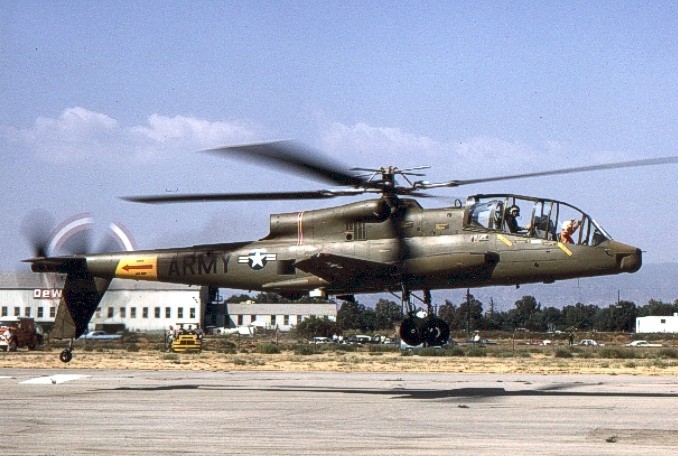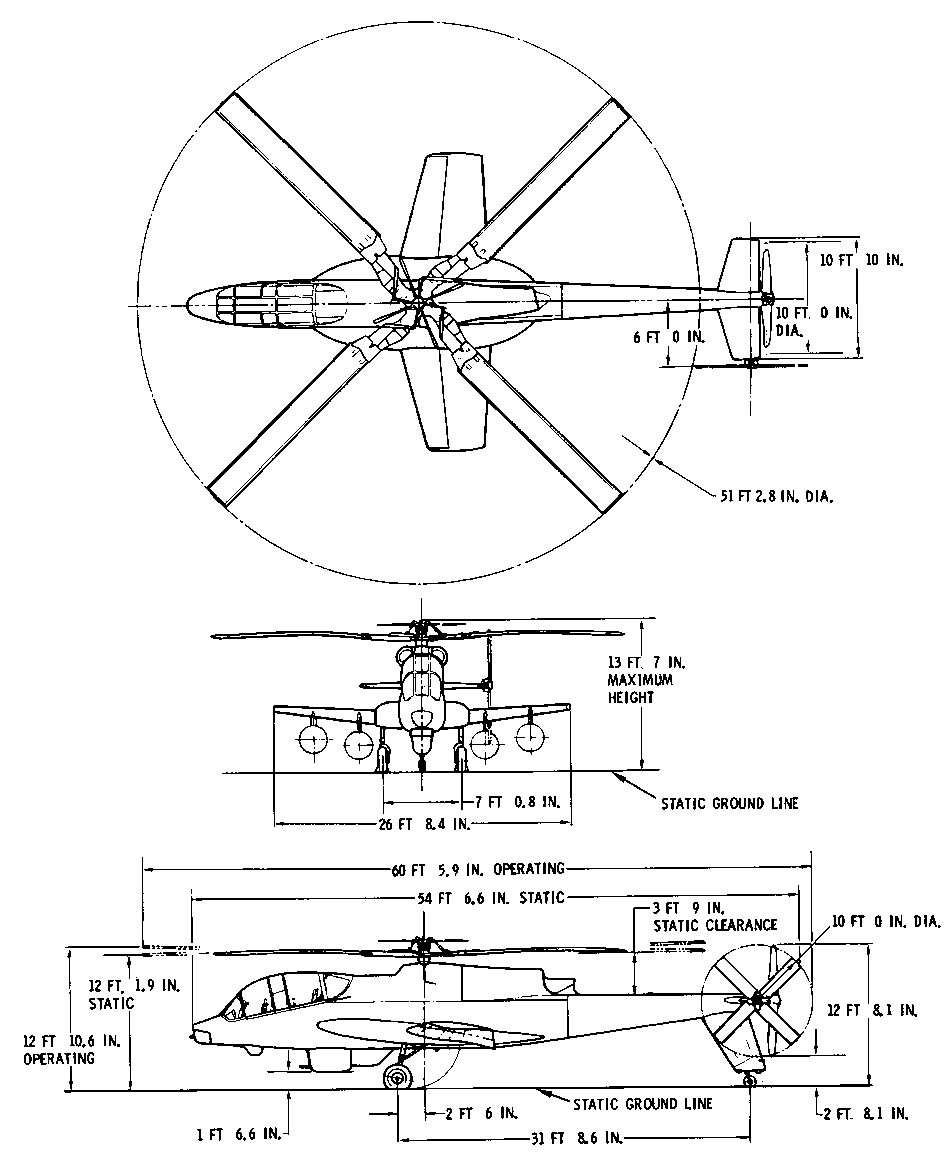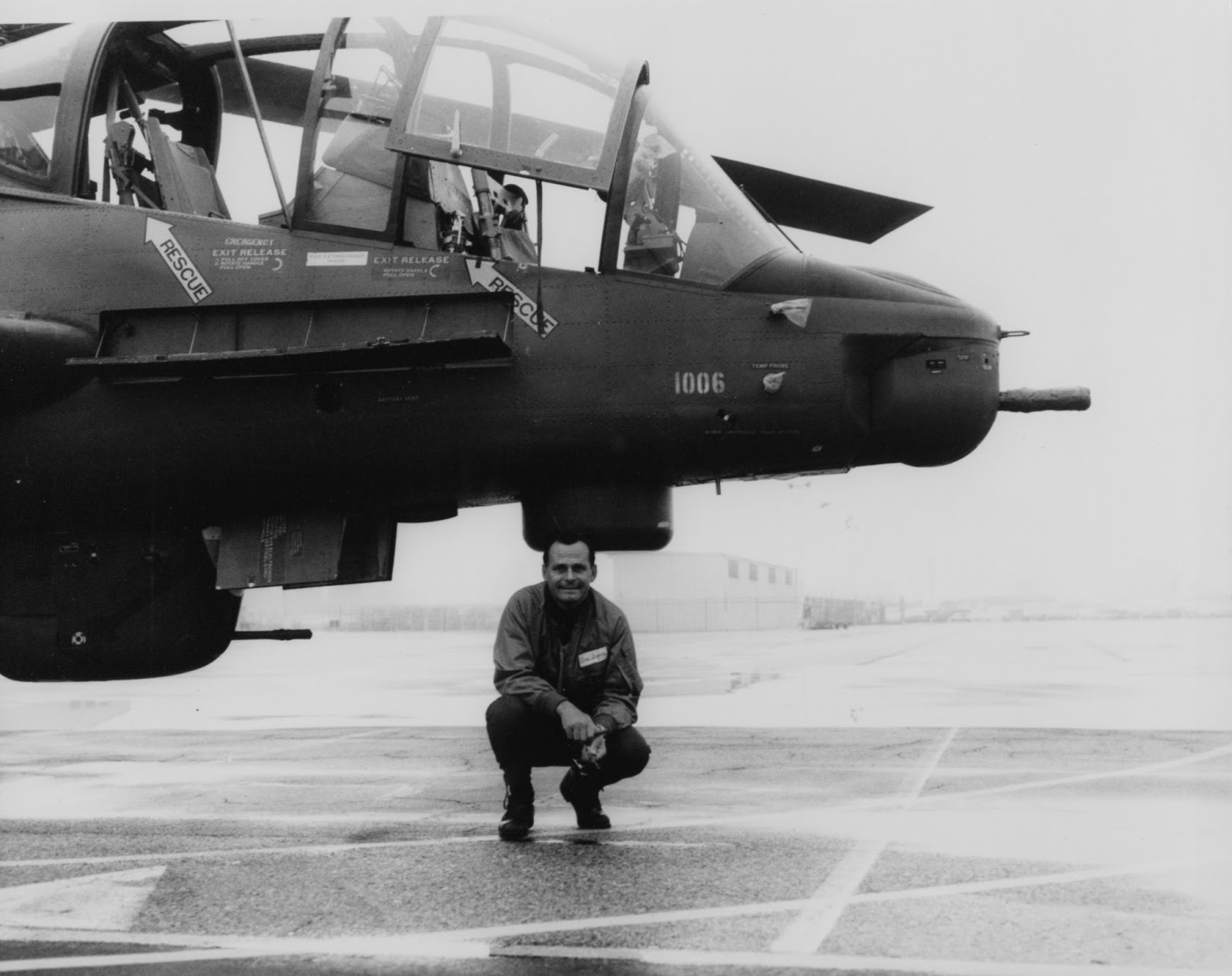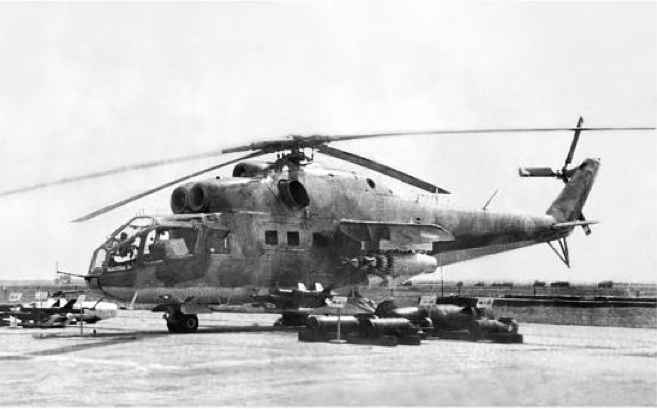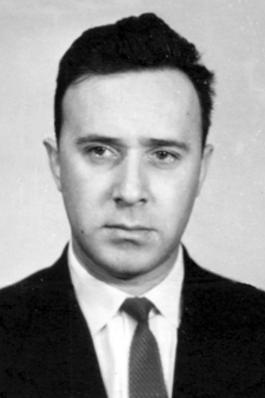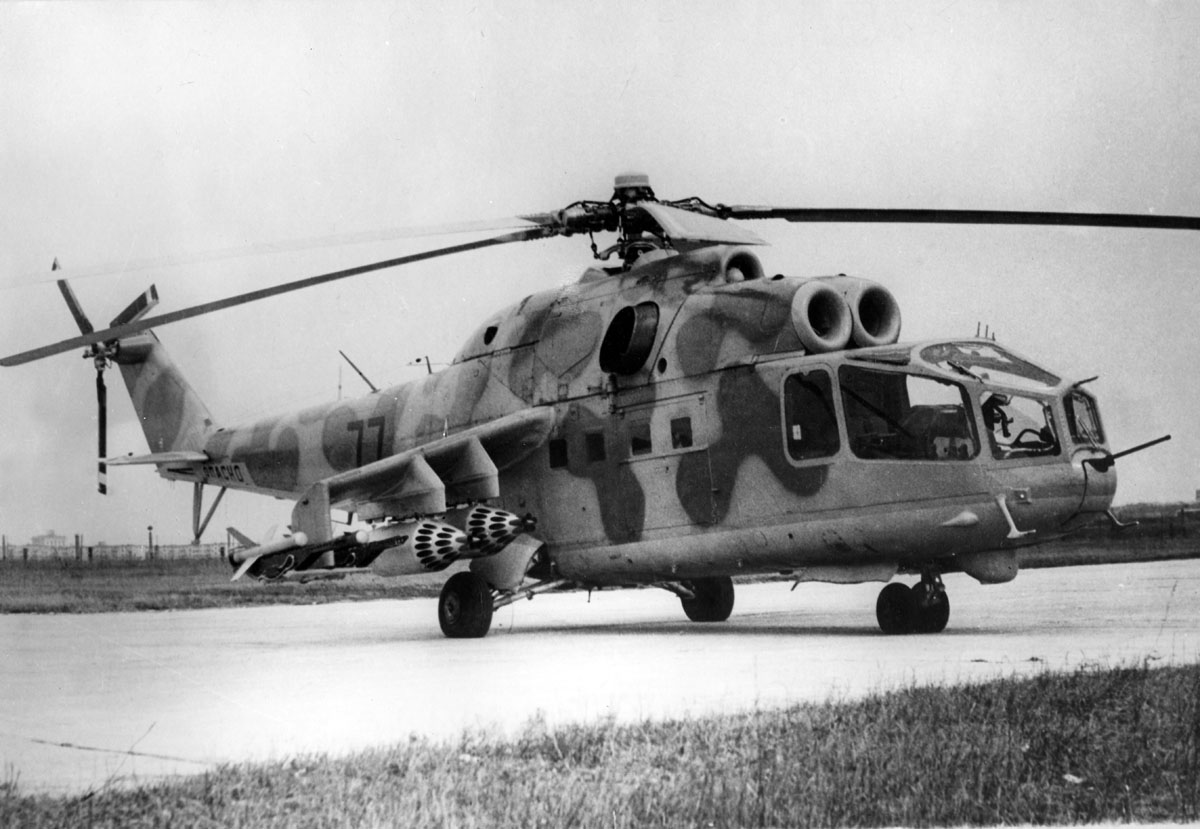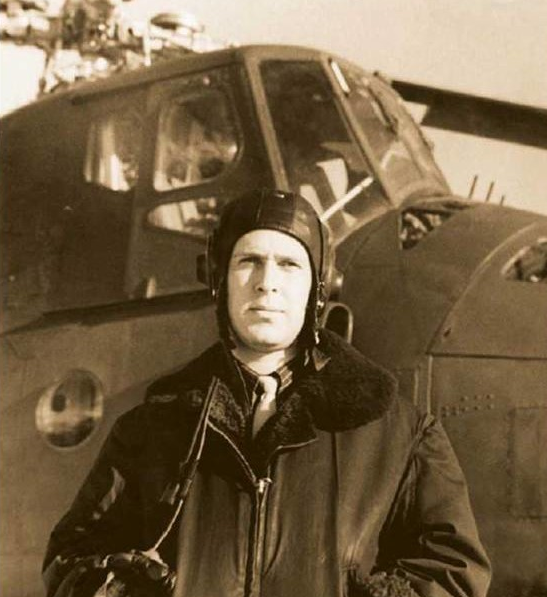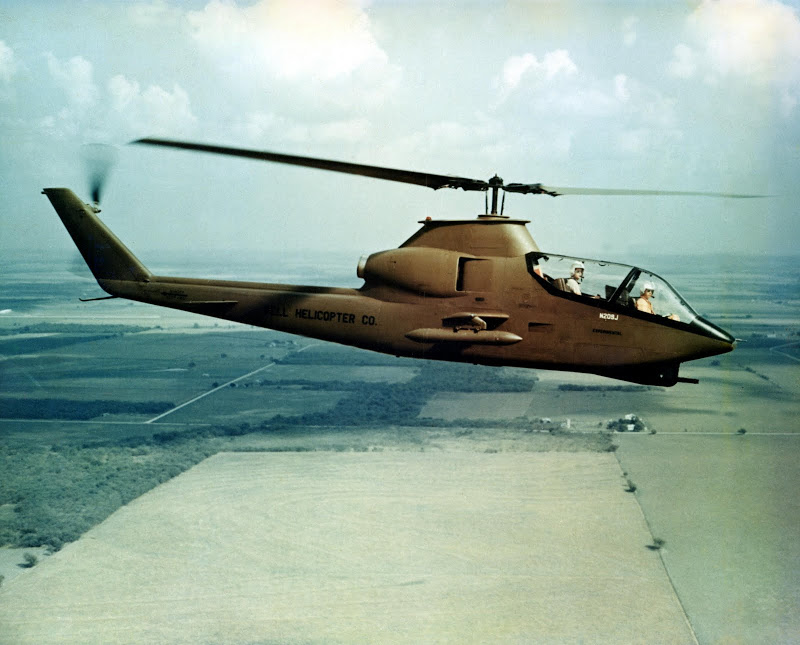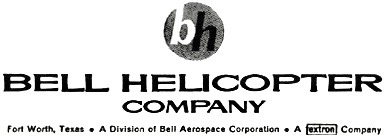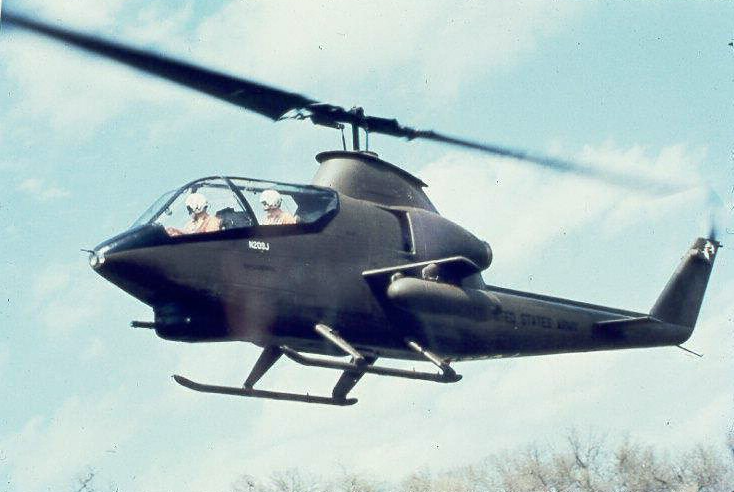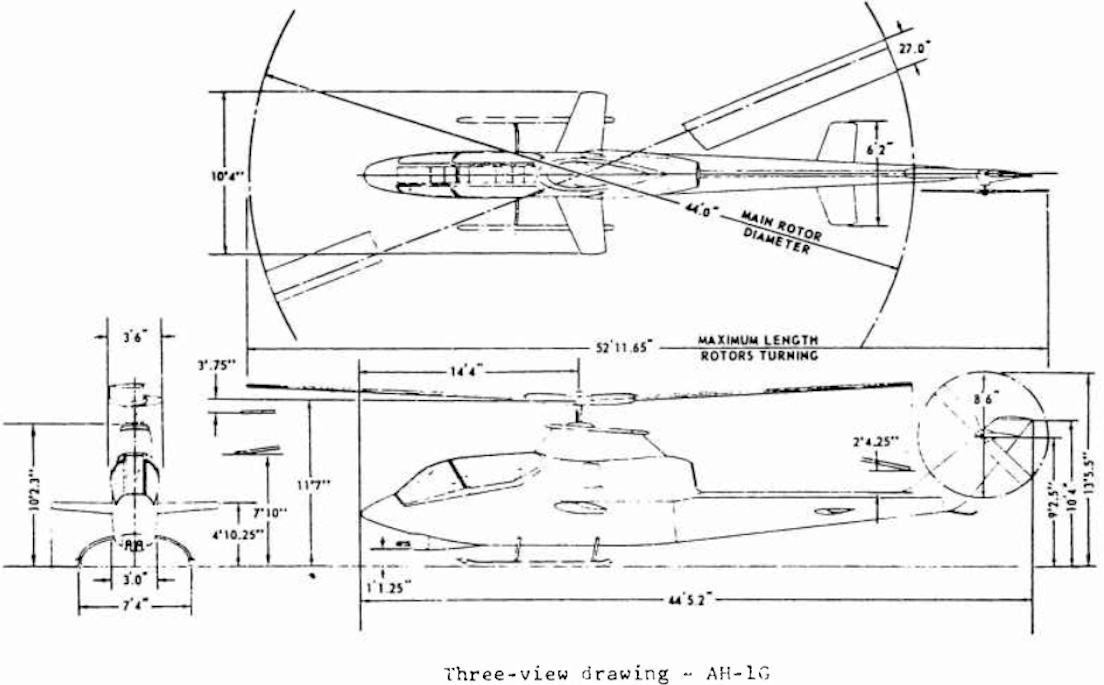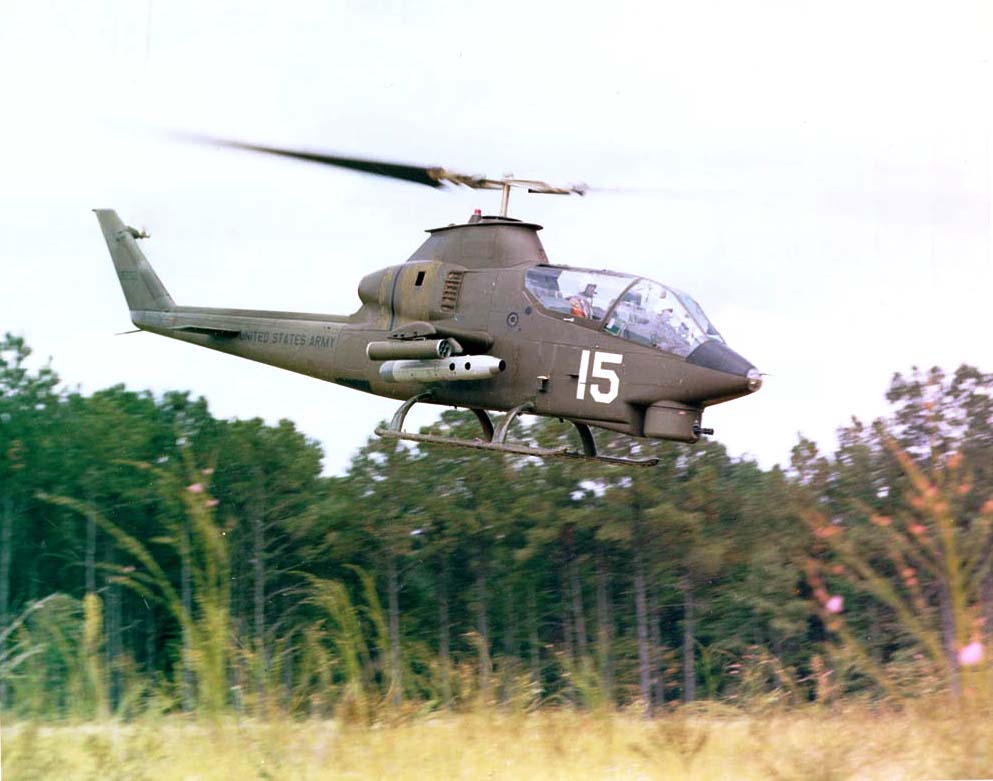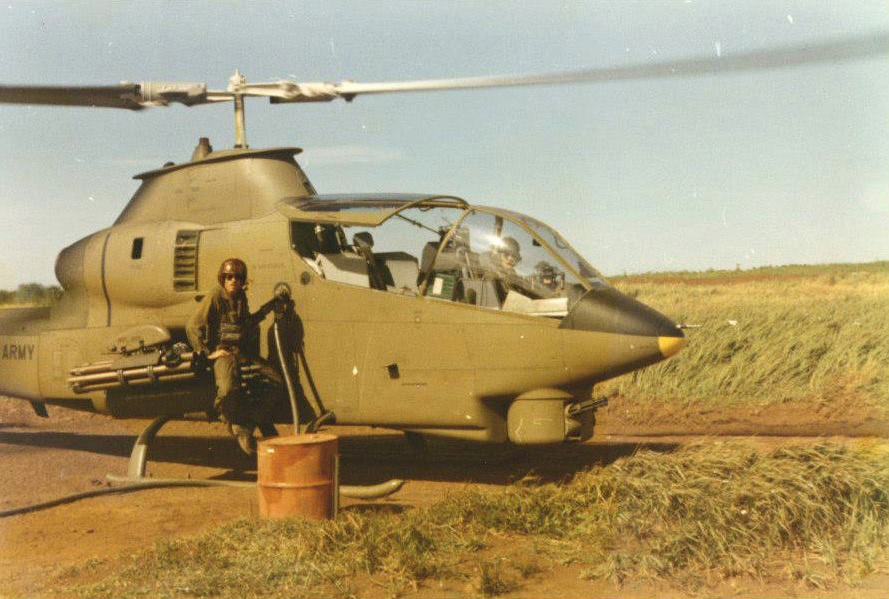
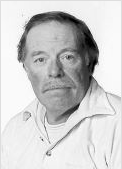
In February 1984, I first met Jerome Maitland (“Jerry”) Boyle. I was a newly-hired commercial helicopter pilot for a Southern California-based Part 135 Air Taxi Commercial Operator. The company specialized in supporting range operations in the offshore Pacific Missile Test Center, headquartered at NAS Point Mugu (NTD). After an initial checkout in one of the company’s helicopters, the chief pilot told me, “Just follow Jerry. He’ll show you what to do.”
Jerry was a big man with reddish hair and a mustache. He was sort of hunched over from many years of sitting at the controls of a helicopter. He often wore a black, U.S. Army-issued, V-neck wool sweater over a white pilot’s shirt. I never saw him without a cup of coffee and a smoldering cigarette, even when flying. This had left him with a raspy voice and a chronic cough. Jerry was always cheerful, and had a great sense of humor, and he told great stories. He wore an Omega Speedmaster Professional wrist watch and drove a well-used white 1976 Corvette Stingray.
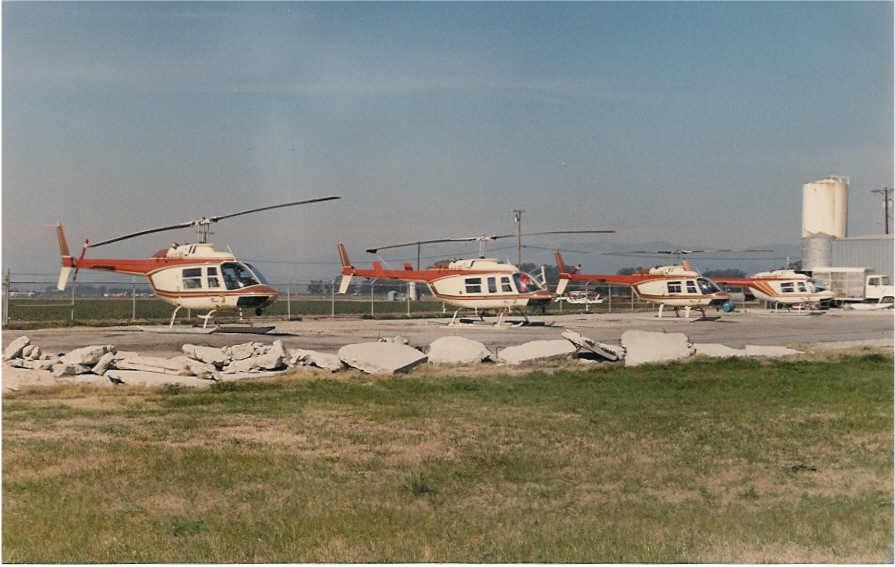
I did as instructed and followed Jerry’s Bell 206L LongRanger everywhere with my own helicopter as he showed me the ropes of dealing with Range Operations (“Plead Control”), transporting personnel and equipment to the numerous sites throughout the Range and California’s offshore Channel Islands. Most of our time was spent supporting the Surface Targets Directorate with their remotely-controlled World War II-era destroyers which were used as targets for anti-ship missiles.
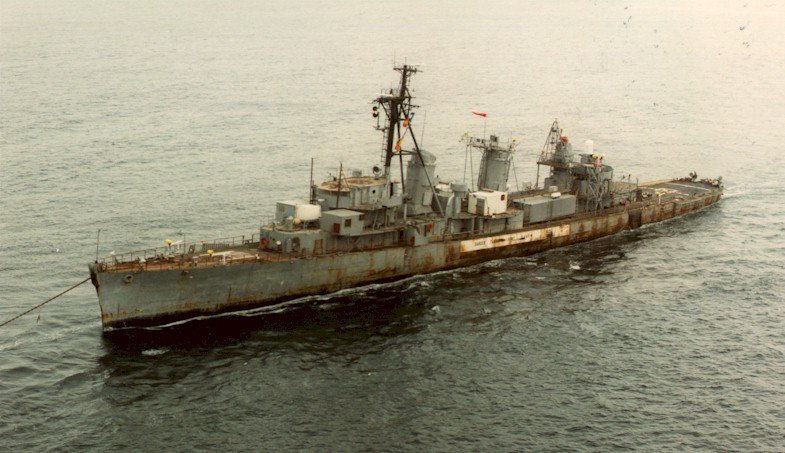
Jerry also taught me how to locate and recover the Northrop BQM-74 Chukar target drones that were used for aerial targets. After plucking them from the ocean, we returned the drones to NTD for servicing.


We flew other government contracts as well. We carried National Park Service employees and their guests out to the Channel Islands, and Federal government inspectors to oil drilling and production platforms on the outer continental shelf. We flew construction crews and materials to new radar and telemetry sites being built out on the range. We flew surveyors and fought fires all over the Western states and Alaska, the occasional medevac from remote locations, flew government SWAT teams on patrols of nuclear sites, carried sling loads and long-line, and all of the other things that are part of the life of a commercial helicopter pilot.
As the years passed, I gained more experience and became the company’s chief flight instructor, FAA-designated check airman and eventually, chief pilot. Jerry began looking to me for information and advice, and we always “crammed” together before a required check flight. Our relative positions within the company changed but our friendship didn’t. Even after he had retired and I worked elsewhere, we stayed in touch and spoke by telephone often.
Jerome Maitland Boyle was born in Los Angeles, California, 28 May 1938, the second son of Walter David Boyle, a civil engineer, and his wife, Marguerite E. Maitland Boyle. The family lived in a small rented home on N. Kenmore Avenue in the East Hollywood area of L.A. When Jerry was just three years old his father died and his mother moved the family to the San Fernando Valley, a few miles to the north.
By 1961, Jerry was a licensed private pilot and skydiver. He had moved to the beautiful Ojai Valley and was employed as a police officer for the City of San Buenaventura, California (or, more commonly, simply Ventura). He enjoyed the work and was a member of the California State Police Pistol Association. He won both the state and national championships.
In 1965, Jerry Boyle married Cathie L. Birch. They had a daughter, Jennifer, and two sons, Kevin and James. Cathie and Kevin later died of cancer.
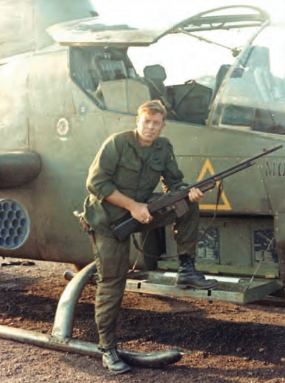
From 1961 to 1968, Jerry Boyle served in the U.S. Army Reserve, where he was trained as a combat medic. In 1969, Boyle was sworn into the United States Army as a warrant officer candidate and was sent for primary helicopter flight training at Fort Wolters, Texas, and then Fort Rucker, Alabama, where he underwent advanced training in the TH-13 Sioux (Bell Model 47) and learned to fly the legendary UH-1 Iroquois. (One of Jerry’s instructors at Fort Rucker, CW2 Barrie Turner, would later be a co-worker of ours. Today, Barrie, long retired, is living in Thailand.) After graduating, Warrant Officer Boyle was next assigned to Hunter Army Airfield, Savannah, Georgia, to be trained on the new Bell AH-1G Cobra attack helicopter.
By 1970, Jerry was in Vietnam where he was assigned to Troop A, 1st Squadron, 9th Regiment, 1st Cavalry Division (Airmobile). For the next few months he flew as the co-pilot/gunner in the Cobra’s forward cockpit. He learned to fly combat missions under the more experienced Cobra pilots. After six months Boyle was qualified as an aircraft commander. He named his personal Cobra Cathie’s Clown, after a popular ’60s song by the Everly Brothers, but in “honor” of his estranged and soon-to-be ex-wife, Cathie. He flew with the radio call-sign, “Apache Two-Four.” Jerry also flew with Troop B, call sign, “Sabre Two-Four.”
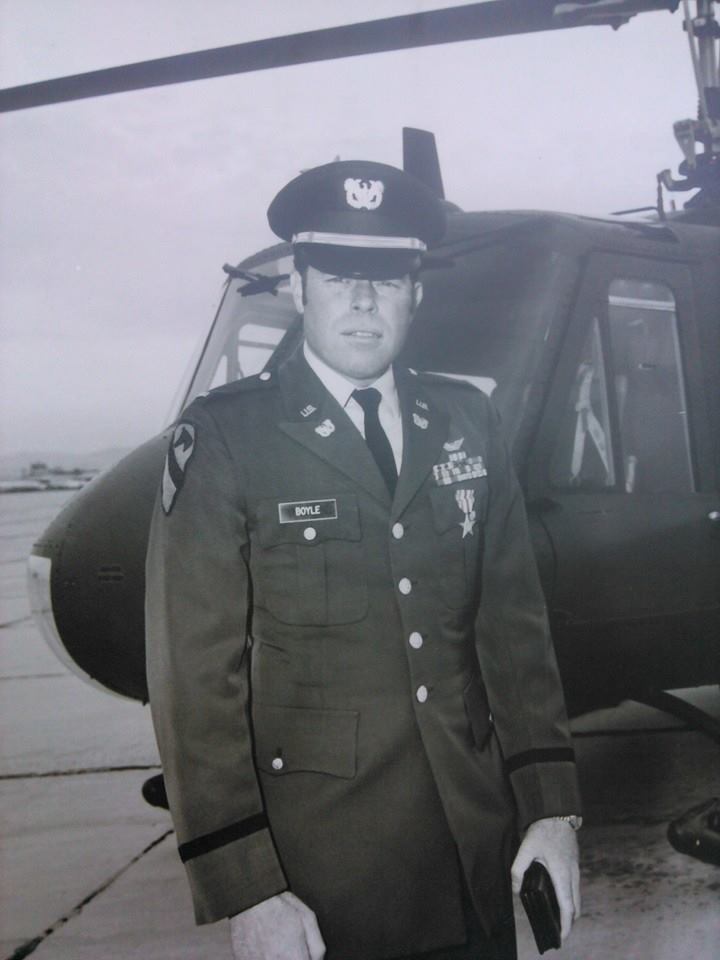
Following his return from Southeast Asia, Boyle was assigned to the Lockheed AH-56A Cheyenne attack helicopter test program at Fort Ord, California.
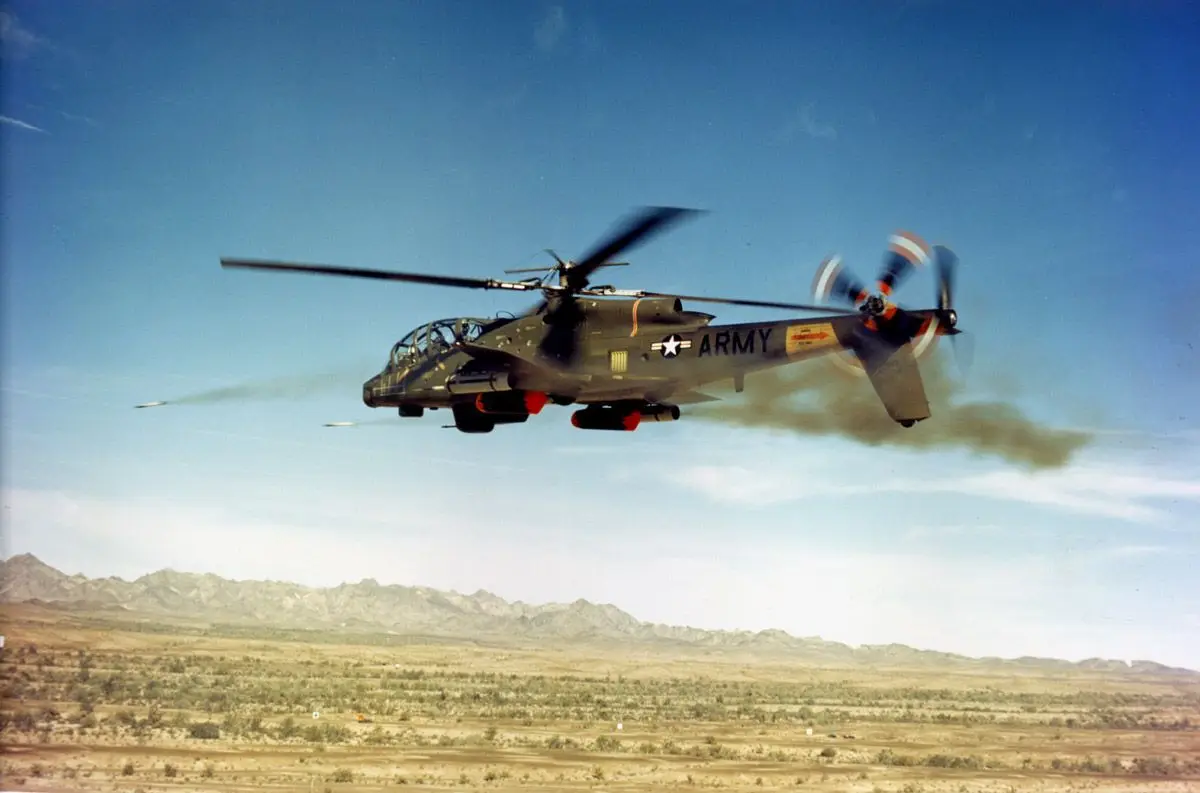
Jerry and Cathie divorced in 1973. He then met his “soul mate,” Andrea J. Balch. They were married in 1974. They continued to live in the Ojai Valley until Jerry retired from aviation.
Jerry Boyle told his own story of his first months of combat in Vietnam and Cambodia in a Random House book, Apache Sunrise, which was published in 1994. He had intended to follow with Apache Noon and Apache Sunset. But that was not to be.
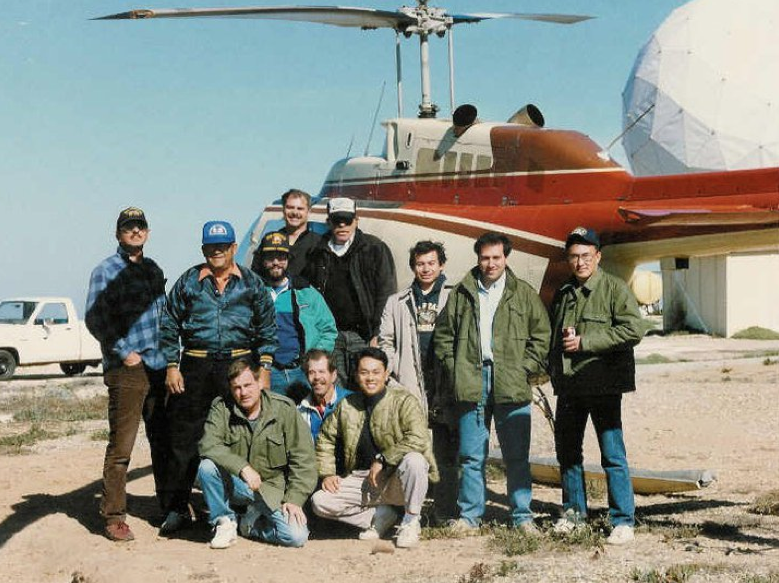
Jerry retired to a cabin north of Kalispell, Montana, located on the bank of a stream, with a small dock and a black Labrador Retriever, where he could fish whenever he wanted. One of his closest friends from the Vietnam War flew a medical helicopter from the nearby regional hospital. But Jerry became ill, and he died at Whitefish, Montana, 24 November 2011.
Chief Warrant Officer 2 Jerome Maitland Boyle, United States Army, was awarded the Silver Star, the Distinguished Flying Cross with two oak leaf clusters (three awards), Bronze Star with four oak leaf clusters (five awards), Army Commendation Medal (Valor) with oak leaf cluster (two awards), sixty Air Medals, and the Vietnamese Cross of Gallantry. Combat pilot and aircraft commander, Bell AH-1G Cobra; commercial pilot, Bell Model 206B-3 JetRanger, Bell 206L and L-1 LongRanger, Bell 212 Twin, Hughes Model 369 (“500”) helicopters; California state and National police pistol champion; fisherman, story teller, author, Apache Sunrise. My friend.
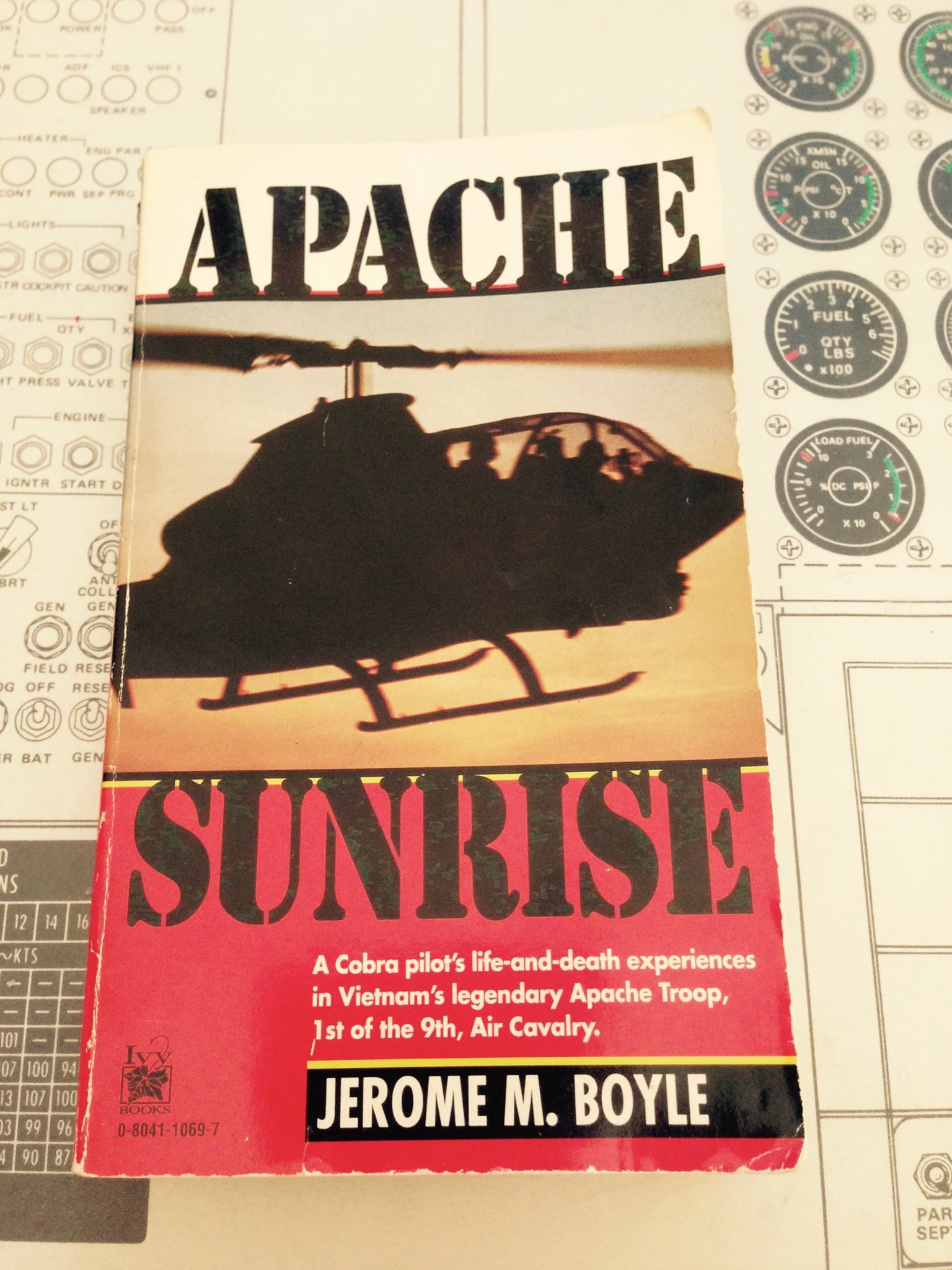
© 2024, Bryan R. Swopes
